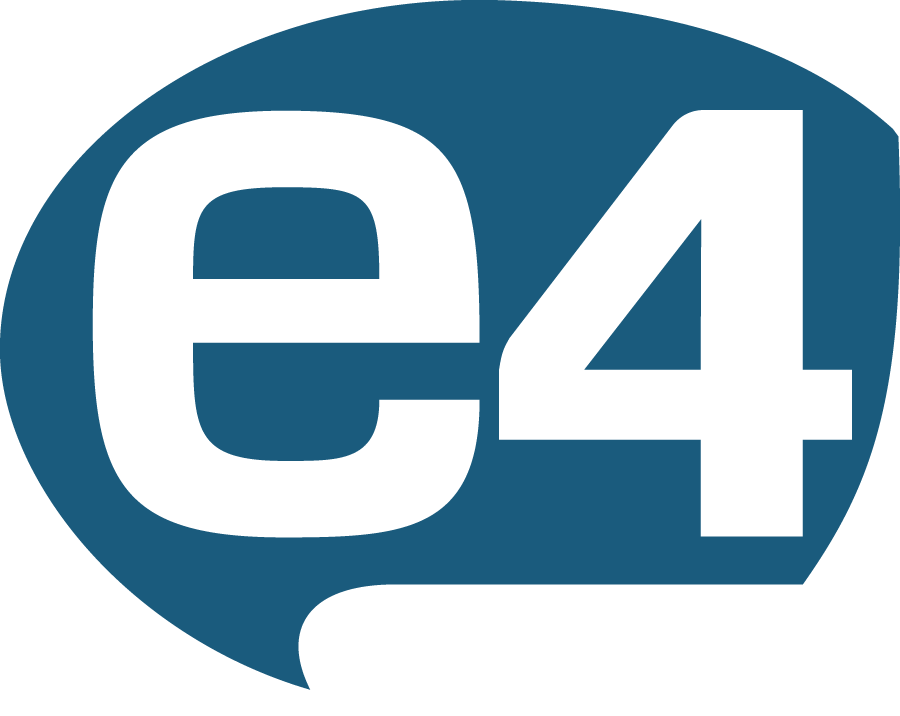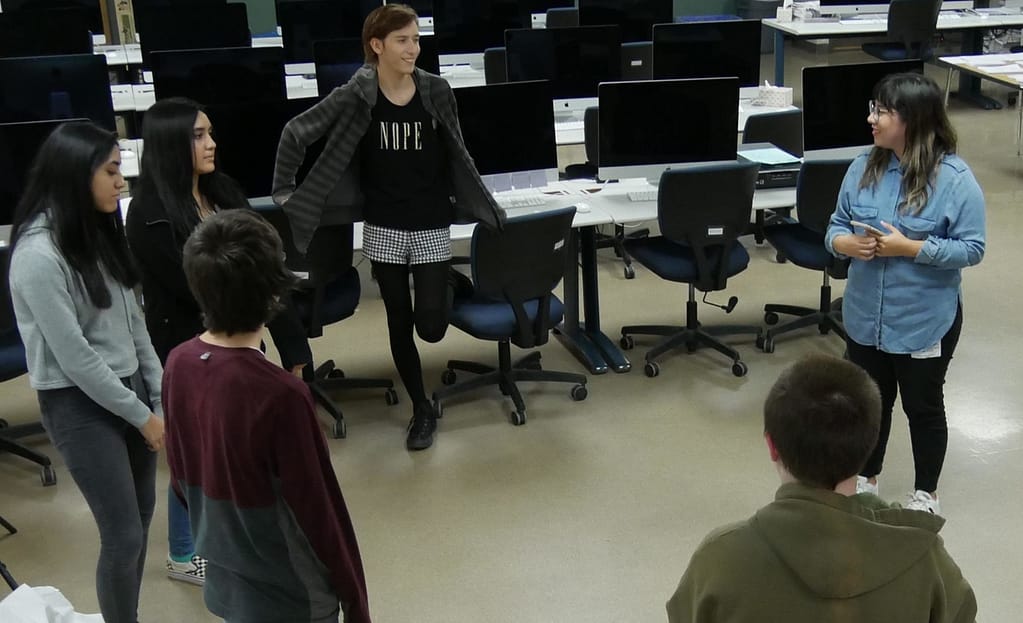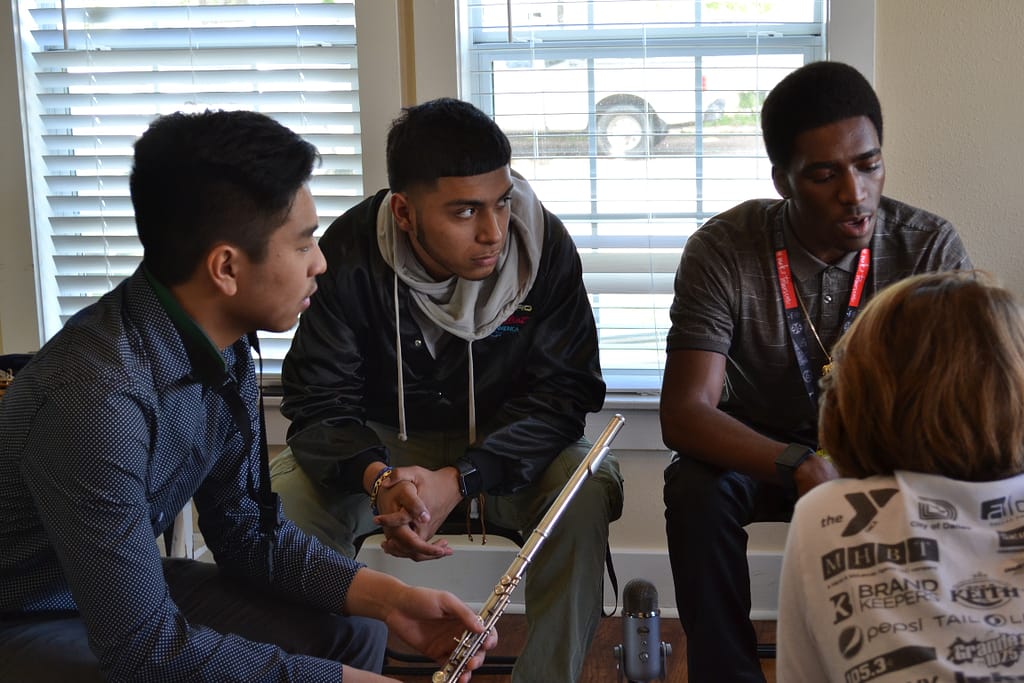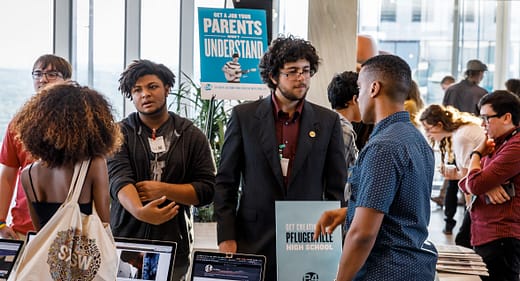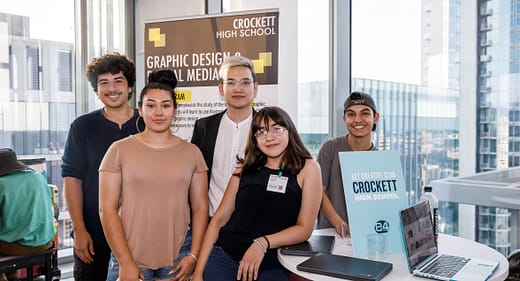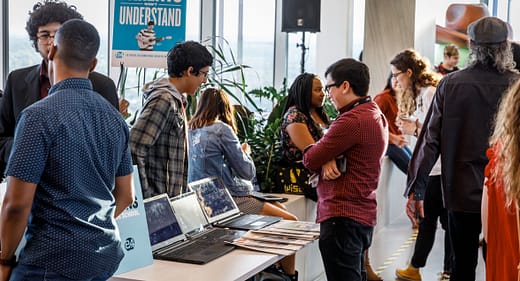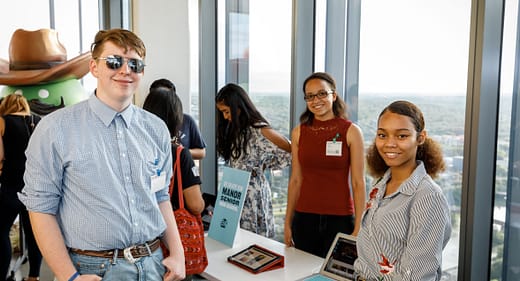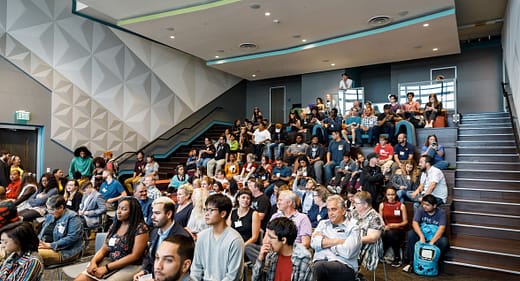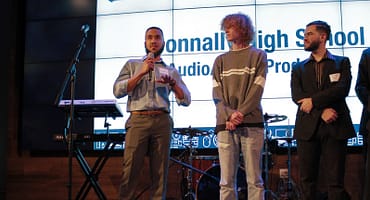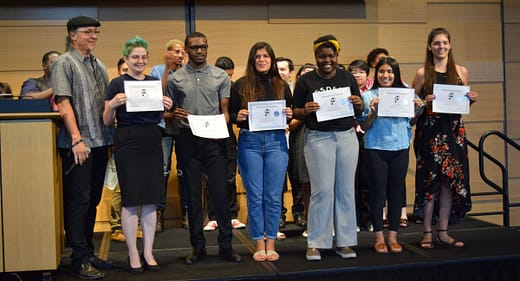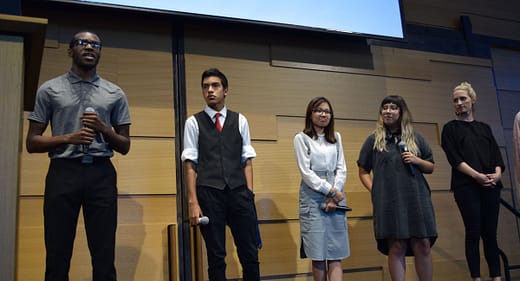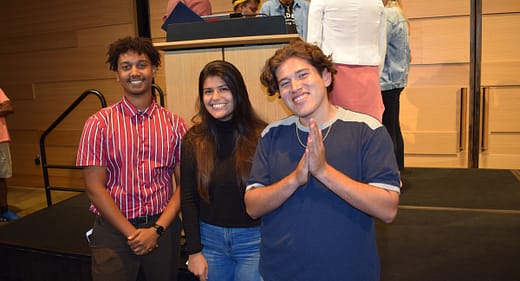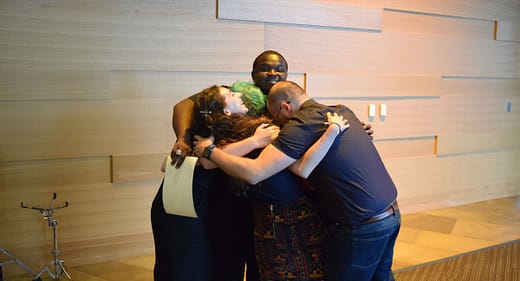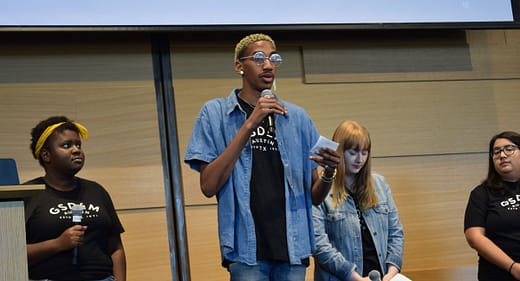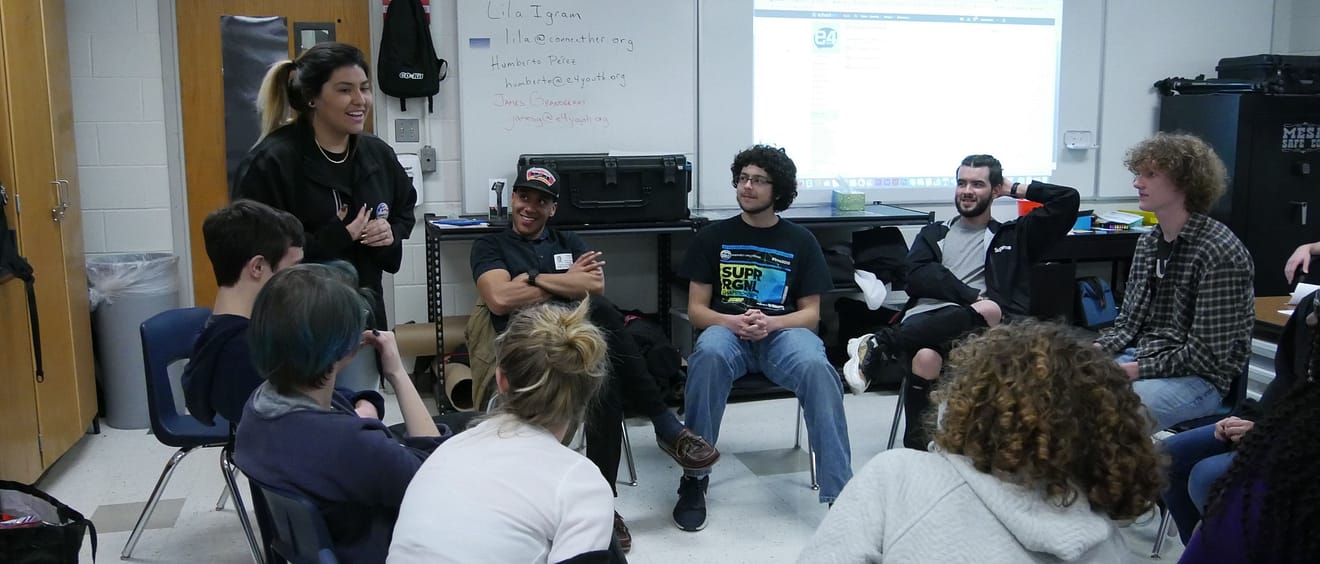
How E4’s Employability Curriculum™ Powers Get Creative Enrichment Clubs
When I first heard about Get Creative Enrichment Clubs, I thought the clubs were mostly about introducing various creative careers to kids and teaching them about creative tech tools. I figured the kids spent a lot of time “doing creative stuff.” Once I committed to writing blogs about these clubs, I found out I have a lot to learn.
Get Creative Enrichment Clubs follow an expertly designed curriculum that promotes 21st century skills. The Curriculum also aligns to specific areas of the Texas Essential Knowledge and Skills (TEKS) standards, as well as Social-Emotional Learning (SEL) core competencies as established by CASEL. These are standards that schools are expected to follow (and they have to be able to demonstrate that they do). In other words, Get Creative Enrichment Clubs aren’t just playing around. Not by a long shot.
What Do We Mean by “21st Century Skills?”
If, like me, you’re not an educator — here’s a quick overview. The concept of 21st century skills comes from an international education movement focused around helping students master the skills they need to succeed in our fast-moving digital world. In addition to traditional academic subjects like math and writing, schools are now teaching skills like critical thinking and digital literacy, as well as social-emotional abilities like collaboration and adaptability. These are the skills and capabilities that will be required to succeed in our workplaces and society from now on. (If you want to nerd out a little further, check out P2®: Partnership for 21st Century Learning or this article series from The Brookings Institute.)
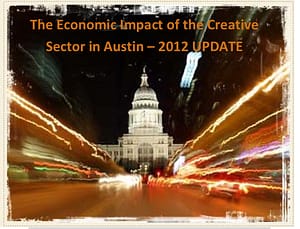
According to the most recent data, Austin’s creative sector accounted for more than $4.35 billion in economic activity and nearly 49K jobs in 2010. That was 8 years ago.
Why Are 21st Century Skills and SEL Needed Specifically Here And Now?
Creative kids, particularly people of color, are often ignored in our schools, under-represented in our media, and under-utilized in our community. This is especially true here in Austin, where so much of our economy is driven by creative and digital technology businesses.
If these creative kids of color are not engaged with relevant and compelling lessons in 21st century skills and social-emotional learning, they’re going to be left out of the Austin creative economy. Their talent and skills will go wasted, and we won’t have the workforce to fill these high-paying jobs. That means some of our best, most successful employers will look elsewhere when hiring.
What Is E4’s Employability Curriculum™?
 Loading...
Loading...
Seven years ago, E4 Youth began hosting a series of six day-long creative workshops for high school kids around the city. By attending these workshops, kids could earn badges to attend SXSW. E4’s Carl Settles, Humberto Perez and Jonathan “Chaka” Mahone developed the workshop lessons over the next few years, with the help of Black Media Council and local educator/hip-hop legend Bavu Blakes.
Those lessons formed the core of the Employability Curriculum, which now consists of multiple 20-30 minute lessons under three unit headings — Team Building, Critical Thinking and Media Literacy. Each lesson is graded according to a rubric designed to encourage and assess higher-level thinking in the students’ work.
In Team Building and Critical Thinking lessons, students learn about verbal and non-verbal communication, decision-making, empathy and leadership. They build trust in their teams and start thinking about how their choices and actions can either foster or hinder their success
The Media Literacy unit is key, not only as a core competency of 21st century learning, but also as these creative kids are media producers themselves. They learn to look beyond the elements of media to discover who’s creating and spreading the messages, why the message-makers might be doing so, and how those messages people. In turn, this prepares the creative student to think critically about their own efforts and discover what it takes to produce quality, meaningful work.
Creativity Is The Entry Point, Higher-Level Thinking Is The Goal
Ultimately, Get Creative Enrichment Clubs use music, art, video, design and other modes of expression as an entry point and a prism for self discovery. As Carl put it to me, “We start with something the kids know and love — being creative. Then we speak to them in culturally relevant ways that help them unlock higher-level thinking skills and create quality work. These skills can then be translated into any classroom pursuits and any career path they choose.” Along the way, the kids find out about professions in which their passions and talent could prosper, meet other creative professionals they can learn from, earn opportunities for internships and mentoring days and… we’ll save that story for a future blog.
